In the handbook accompanying the 57th edition of the Carnegie International in Pittsburgh, curator Ingrid Schaffner lays out her goal: ‘to inspire museum joy’. She’s certainly created an exceptional show. If you have an interest in contemporary art, this is the moment to bin any misconceptions about Pittsburgh being a dead-beat Rust Belt city and make a visit there before 25 March next year, when the International closes.
Schaffner’s goal chimes with the aspirations of the International’s founder, robber baron and philanthropist Andrew Carnegie. He wanted to present the best of contemporary art, predominantly painting, so that it could educate, inspire and promote international understanding – and provide a shopping opportunity to enrich the impressive holdings of his own museum, then known as the Carnegie Institute and nicknamed ‘The Enormous Building’. More than 300,000 visitors flocked to the first show in 1896, just one year after the Venice Biennale started. At first an annual event, it is now staged at the museum every three to five years. Artists from Winslow Homer to Salvador Dalí, Henry Moore and Pittsburgh native Andy Warhol have had their work included.
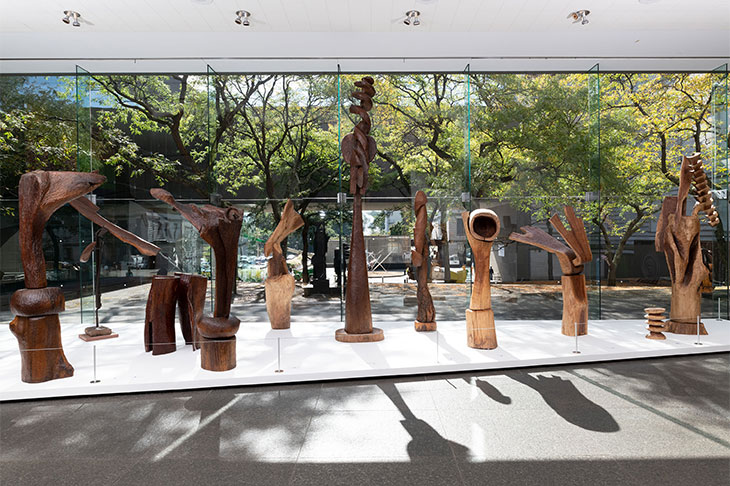
Installation view of work from 2017 by Thaddeus Mosley at the 57th Carnegie International. Photo: Bryan Conley
At first artists entered a competition – one work this year recalls this period: every day over 23 weeks, artists Lenka Clayton and Jon Rubin are inscribing the titles of the 10,632 paintings that were once rejected on separate pieces of paper, pinning each to a wall for visitors to take away as they please. But since 1951 what has distinguished the International from the Venice and São Paulo exhibitions is that it usually has one curator, albeit working with advisers, selecting the artists. So, the show is one personal view – Richard Armstrong’s in 1995, Douglas Fogle’s in 2008.
For this year’s edition, Schaffner roamed the globe with her associate curator Liz Park and curatorial assistant Ashley McNelis, and chose 32 artists and collectives – plus one independent exhibition-maker, Koyo Kouoh. As they researched, they thought hard about their chosen theme, the word ‘international’, and what it means today. For instance, two South Korean participants living in Seoul, the writer Han Kang and documentary film-maker Im Heung-soon, did not know each other, yet each was concerned with the politic of public grieving by women. When Schaffner brought them together in April 2017, ‘the chemistry between us worked’, says Heung-soon. Their mesmerising installation offers a response to uprisings in Buenos Aires in Argentina and Gwangju in South Korea; the two cities are antipodal points, connected by a straight line that runs through the centre of the Earth.
The exhibition’s two prize winners look at other facets of the notion of the international. Postcommodity, a collective made up of Indigenous artists in the US, chose the museum’s great hall for their floor-filling From Smoke and Tangled Waters We Carried Fire Home (2018). They combined Navajo sand painting and chunks of steel, glass and coal to evoke Pittsburgh’s industrial past. ‘To be part of this is the pinnacle,’ says Cristóbal Martínez of Postcommodity – placing the exhibition above the likes of Documenta, where the collective has also exhibited. He sees art as a tool for mediation, in this case between Indigenous peoples and later arrivals in America from Europe: ‘With this we are beginning to set the record straight.’ The other prize winner, Lynette Yiadom-Boakye, born in Britain of Ghanaian descent, is a tutor at the Ruskin School of Art, known for its academic traditions. For her oil portraits of black figures, she prepares extensively and then completes each painting in one day, often working on linen primed with rabbit-skin glue – ancient traditions reworked for today. She uses blues, oranges and browns to render skin, but never black, inviting questions about race and representation.
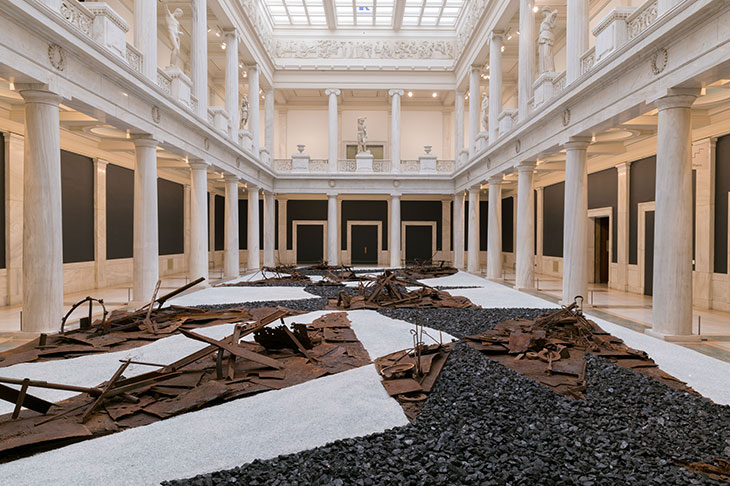
From Smoke and Tangled Waters We Carried Fire Home (2018), Postcommodity. Installation view at the 57th Carnegie International in 2018. Photo: Bryan Conley. Courtesy the artists
Schaffer’s aim to inspire ‘museum joy’ is evident through every corner of the museum. El Anatsui has covered the entrance façade with a mantle using aluminium newspaper plates and other materials from Nigeria and Pittsburgh. Local nonagenarian Thaddeus Mosley brings the forests of Pennsylvania state indoors with his copse-like crowd of sculptures carved from cherry, black walnut, white oak and other woods. (It was at the 1958 Carnegie International that Mosley saw Isamu Noguchi’s work and discovered his vocation.) Alex Da Corte, who lives in Philadelphia, fills a small gallery with his playful steel-frame, neon-lit cottage, adorned with flower boxes outside and 57 videos playing inside (both for the show’s 57th iteration and the ‘57 varieties’ slogan of the Pittsburgh-based company Heinz). He explains: ‘My work is deeply concerned with labour, the time it takes to make something. The timespan is where you find the joy. The glitz of the house seduces you to watch a very long boring film! It’s about making the most of life, finding the joy.’ Indian artist Dayanita Singh, meanwhile, travelled through Rajasthan and Pakistan photographing manuscripts in archives, wrapped in red-dyed cloth to keep the bugs away, then created her own ‘Pothi Khana’ (archive room): visitors wander among free-standing bookstacks enclosed on three sides by walls hung with a row of her full-colour photographic prints.
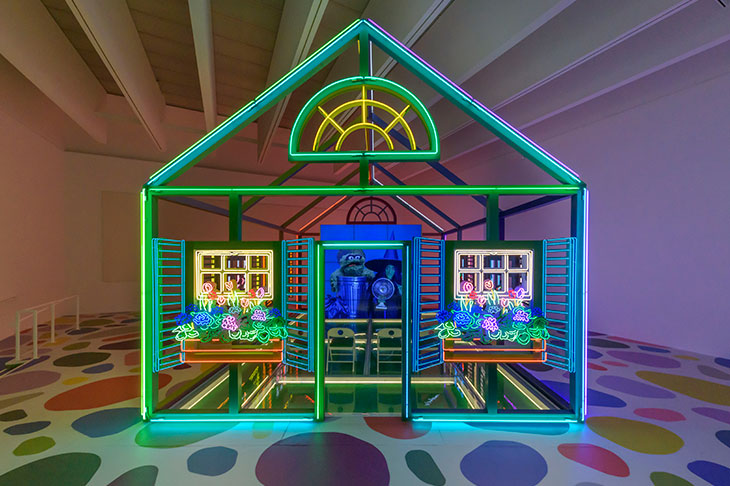
Rubber Pencil Devil (2018), Alex Da Corte. Installation view at the 57th Carnegie International in 2018. Photo: Bryan Conley. Courtesy the artist and Karma New York
The show’s handbook, inspired by Victorian travel journals, has a diagram plotting earlier Carnegie International pieces acquired by the museum, such as Sol LeWitt’s four-part wall drawing from 1985, which lines the grand staircase. And it encourages visitors to go out into this city, so frequently – and inaccurately – denigrated in America. It’s worth making time for the Andy Warhol Museum, the nearby Mattress Factory (opened in 1977 as a pioneering space for site-specific installation art) and the Pittsburgh’s very own Frick house and museum. Additionally, the city has a wealth of food and drink pop-ups, new riverside hotels and galleries, some lively re-use of industrial buildings, and a public transport bus system that works. To top it off, Frank Lloyd Wright’s Fallingwater and his hexagonal Usonian home Kentuck Knob are a short drive out of town.
The 57th Carnegie International is at the Carnegie Museum of Art, Pittsburgh, until 25 March 2019.
Unlimited access from just $16 every 3 months
Subscribe to get unlimited and exclusive access to the top art stories, interviews and exhibition reviews.

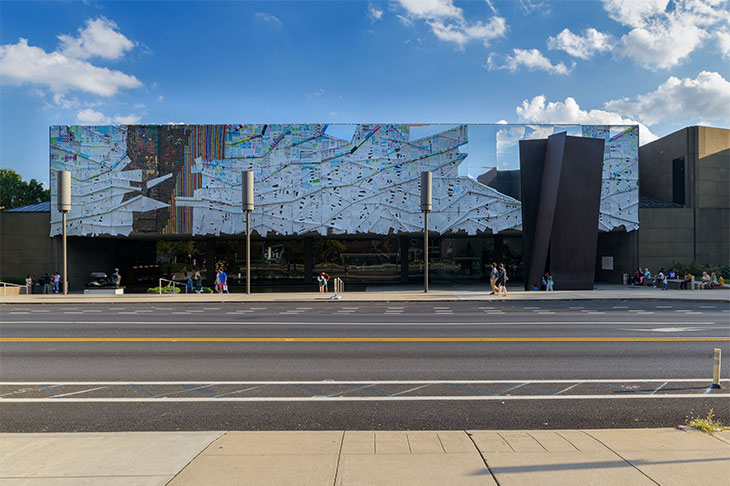
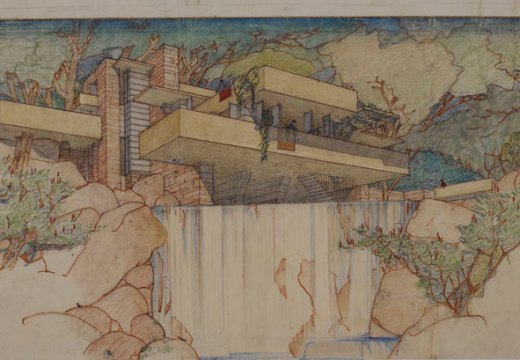
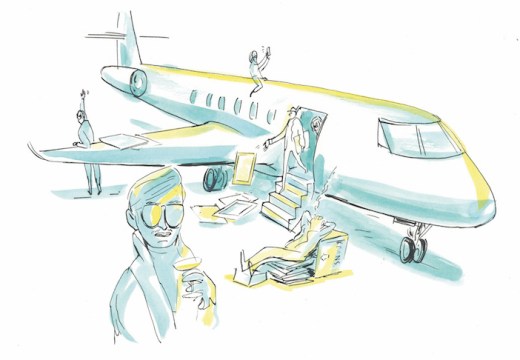
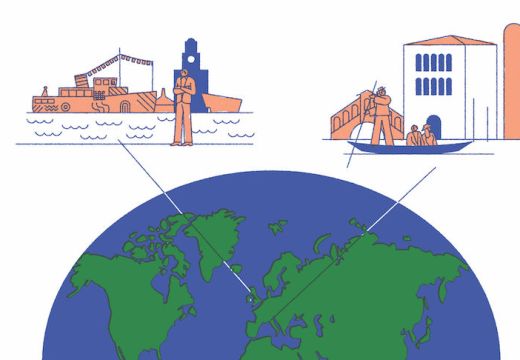

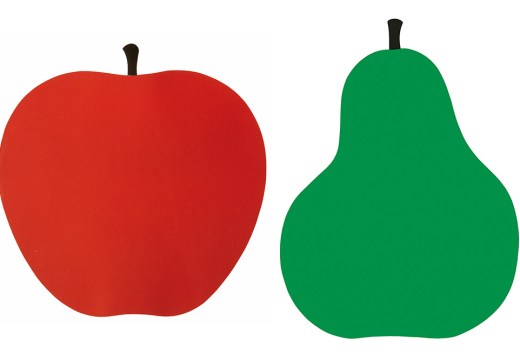
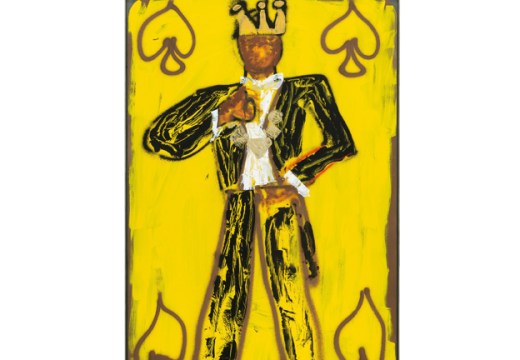






![Masterpiece [Re]discovery 2022. Photo: Ben Fisher Photography, courtesy of Masterpiece London](http://www.apollo-magazine.com/wp-content/uploads/2022/07/MPL2022_4263.jpg)
Has the Fitzwilliam still got the hang of things?